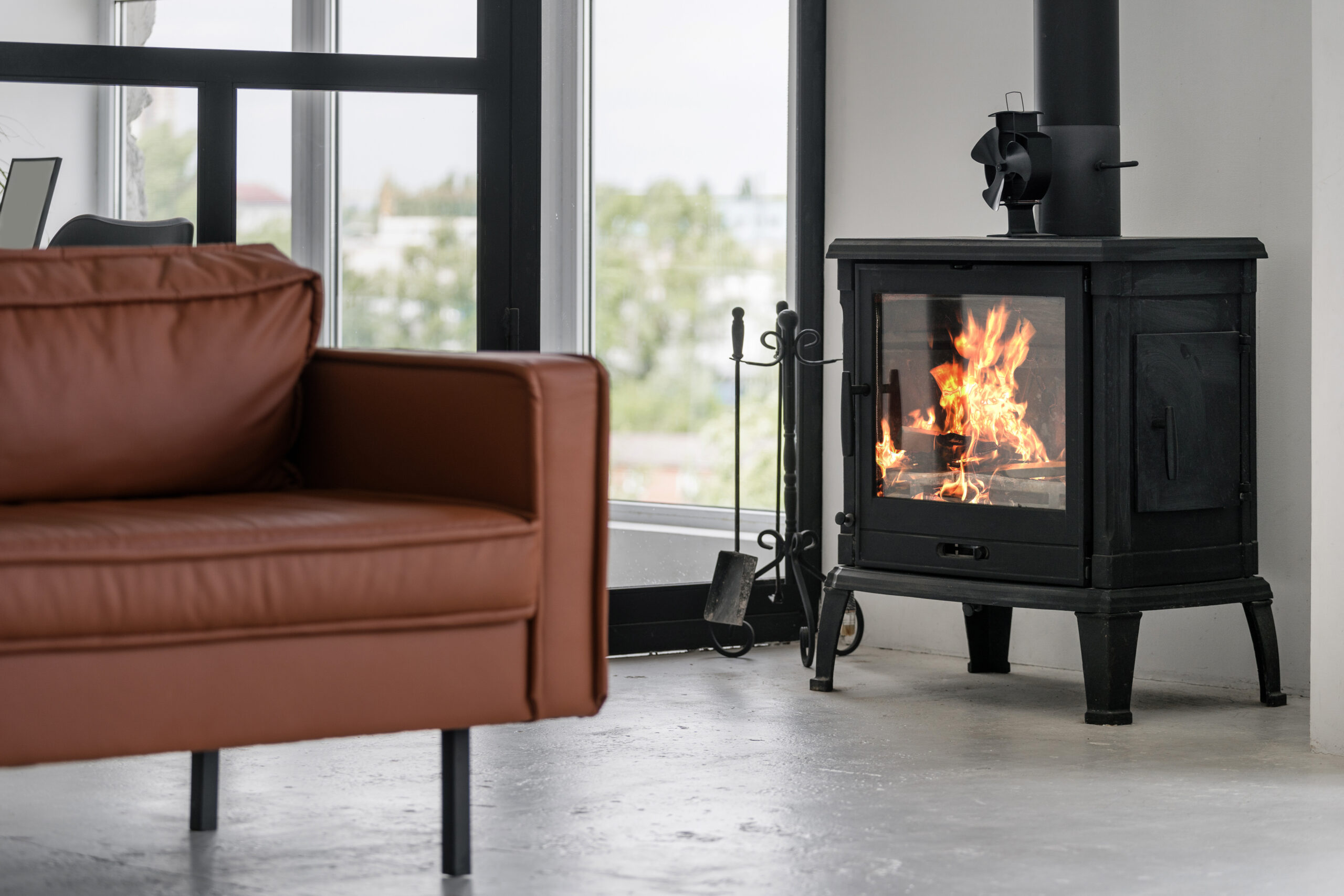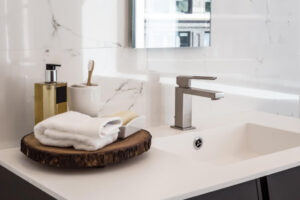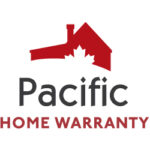It’s no secret that building an energy efficient home is a bit more costly up front, but we also know that after doing so, you’ll enjoy monthly and yearly savings on energy usage that add up quickly. It’s virtually impossible to work with actual numbers when looking at the cost of an energy efficient home since there are so many factors that play into how expensive or affordable a home will be, regardless of whether it is energy efficient or not. However, we can look at a few concrete examples to illustrate the cost differences in a few key areas when building an energy efficient home. While the cost of an energy efficient home will vary depending on size, location, and a dozen other factors, we hope to provide a little more insight into what the cost of an energy efficient home really is.
Solar Panels
Solar panels are one of the larger investments to make when building an energy efficient home or making your current property more energy efficient. The upfront costs of solar panels can range from roughly $12,000 to more than $25,000 depending on your location and number of panels being installed. If you’re located away from urban centers are require electrical work to support the solar panel system, your costs will also increase. However, solar panels can pay for themselves in energy savings since you won’t rely on the grid for your power. Solar panels can pay for themselves in as little as 8-16 years depending on your location. Plus, you may even receive tax credits and other incentives from the government by installing solar panels since your home will have a higher energy rating. By installing solar panels on your home, you may never have to pay for energy again, and will probably be able to sell excess energy back to the grid for profits year after year.
Windows and Doors
If you’re looking to improve your energy efficiency without breaking the bank, new windows and doors may be a good place to start. While the price range is quite wide for energy efficient windows, an energy star-qualified window starts at approximately $120, plus labor. While a single window may cost up to $800 depending on its size, they’ll help you save money on your energy bills every month. Plus, you may be entitled to tax credits in excess of several hundred dollars for installing energy efficient windows, doors, or skylights. Since your windows and doors are responsible for up to 25% of your heat loss, you’ll end up paying significantly less to heat your home through the winter via these improvements, guaranteeing monthly savings for decades. If we’re looking at your ROI, or return on investment, for an energy star rated window, the minimum you can expect to receive is 15%. When it comes to energy efficient doors, particularly in more extreme climates, your ROI could be up to 80%.
Appliances
The appliances in your home use more energy than you realize even when they aren’t running. Installing new appliances such as dishwashers, clothes washers and dryers, microwaves, dehumidifiers, air purifiers, freezers and fridges, and others will reduce your monthly energy bills by a significant amount. However, these appliances do cost a bit more than the average appliance without an energy efficient rating. Energy star rated appliances can save between 10-50% of your monthly energy usage, meaning you’ll save hundreds of dollars every year by replacing your old appliances. Since each appliance may last 5-10 years at a minimum, you’re not really paying extra for your energy efficient appliances.
Insulation
The insulation of your home is one of the most integral elements of an energy efficient house. If you’re dedicated to improving your home’s energy efficiency and want to take every measure possible to reduce the energy usage of your home, replacing the insulation is an excellent way to go. There are many options available depending on your budget and requirements. For example, blowing cellulose insulation is cost-effective at $1500-$2000 when performed by an expert. If you want to be even more cost effective, insulating your attic yourself could save $1000. Again, improved insulation will greatly limit your daily heat loss in the winter, allowing you to save money on energy and power every single month. Given the life expectancy of modern insulation, your investment is well worth it.
Energy Efficiency is Cost-Effective
Even though energy efficient products and designs are more costly upfront, they all offer a variety of financial kickbacks including monthly savings on energy bills, tax credits for green initiatives, “green” grants from the government, and even pure profit from excess energy produced by solar panels. No matter which options you choose to build or improve upon an energy efficient home, your up-front costs will always be mitigated by guaranteed future savings. Plus, energy efficient homes and products are cheaper to run and maintain. Energy efficient appliances use less energy in standby mode than normal appliances, and energy-efficient system use a multitude of designs tips and tricks to make water heating and usage more cost-effective. All in all, the cost of an energy efficient home is an affordable one, no matter your budget. There are always ways to improve the energy efficiency of your home, and you don’t need to spend thousands to do it.





